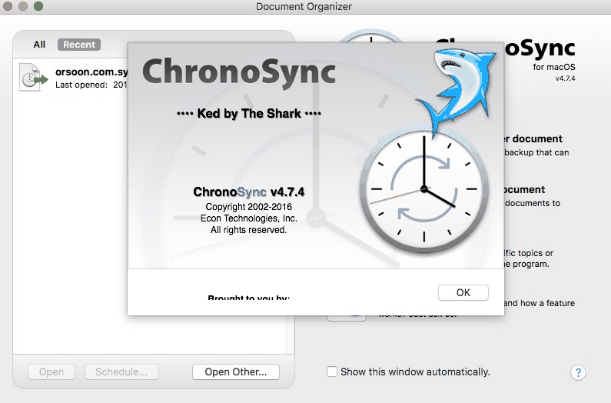
However, the Recovery partition does not actively change through normal system use and thus does not need to be regularly backed up. It was once possible when the Recovery partition was a physical volume (and still is if you're using an older version of macOS) but it has become harder to accomplish over time now that it is a logical volume. Many users express an interest in backing up the Recovery partition. Furthermore, on more modern Macs, Apple has introduced Internet Recovery which allows you to boot from an internet based Recovery volume (hold COMMAND-OPTION-R while starting up) without the need for a functioning Recovery partition. It has since become a hidden, logical volume that is no longer accessible via Startup Manager (but still can be booted by holding COMMAND-R while starting up). It was once a separate, physical volume on your primary system drive that could be accessed via the Startup Manager (holding OPTION key down while you boot). The Recovery partition has evolved over time.

The Recovery partition is part of the macOS Recovery system. You can then diagnose and repair the problem and be back on your way. The purpose of the Recovery partition is to provide an alternate boot volume that you can use should something go wrong with your primary boot volume. It is a hidden partition on your hard drive that functions as a separate, bootable volume containing a scaled-down version of the operating system along with some diagnostic and repair utilities.

The Recovery partition was introduced by Apple along with macOS 10.7. Before you get started with this tech note, know that a recovery partition does not NEED to exist to encrypt the volume.


 0 kommentar(er)
0 kommentar(er)
